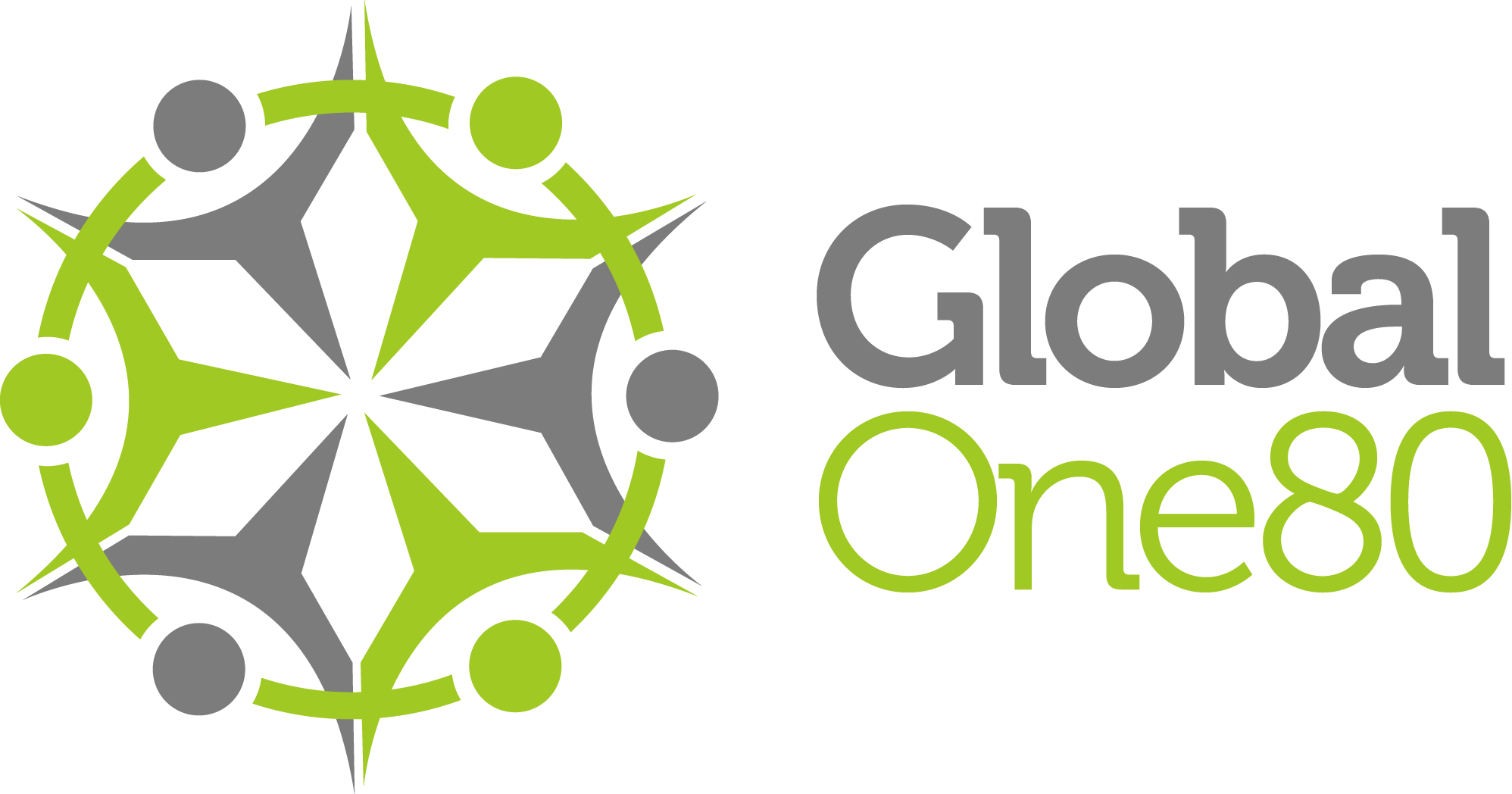What is known as India today was home to one of the world’s earliest civilizations—the Indus Valley Civilization of the 3rd millennium BCE. In the first millennium BCE large-scale colonization began in the Ganges. In the 17thcentury, the country of India was unified by the Mughal Empire, and in the subsequent centuries, came under the leadership of the British Crown. Finally in 1947 India gained its independence due to a nationalist movement. Today, India holds one of the fastest-growing economies, yet it is characterized by poverty, malnutrition, corruption, and poor health care. These challenges are largely products of the Caste System—a social hierarchy system that streams from the Hindi religion. The country of India is known for its incredible cuisine, diversity, and expansive vegetation.

Leaders
GP & Priya Kiran
Exponential Leaders
Description
India is a large country located in South Asia. It shares borders with Pakistan to the west; China, Nepal, and Bhutan to the northeast; and Myanmar and Bangladesh to the east. India is the seventh-largest country by area in the world, and boasts the sixth-largest economy in the world by nominal GDP. New Delhi, the capital city, has a population of close to 2 million people. 72 % is Indo-Aryan, 25 % is Dravidian, and 3% is Mongoloid and other ethnicities.
Facts
President: Draupadi Murmu
Languages: Hindi 41%, Bengali 8.1%, and Other 50.9%
Currency: Rupee
Main Sport: Cricket
Figures
Population: 1,281,935,911
Land Area: 3,287,263 sq km
Unemployment Rate: 8.8%
Population Under Poverty Line: 21.9%
Faith
Hindu 79.8%
Muslim 14.2%
Christian 2.3%
Other 3.7%

